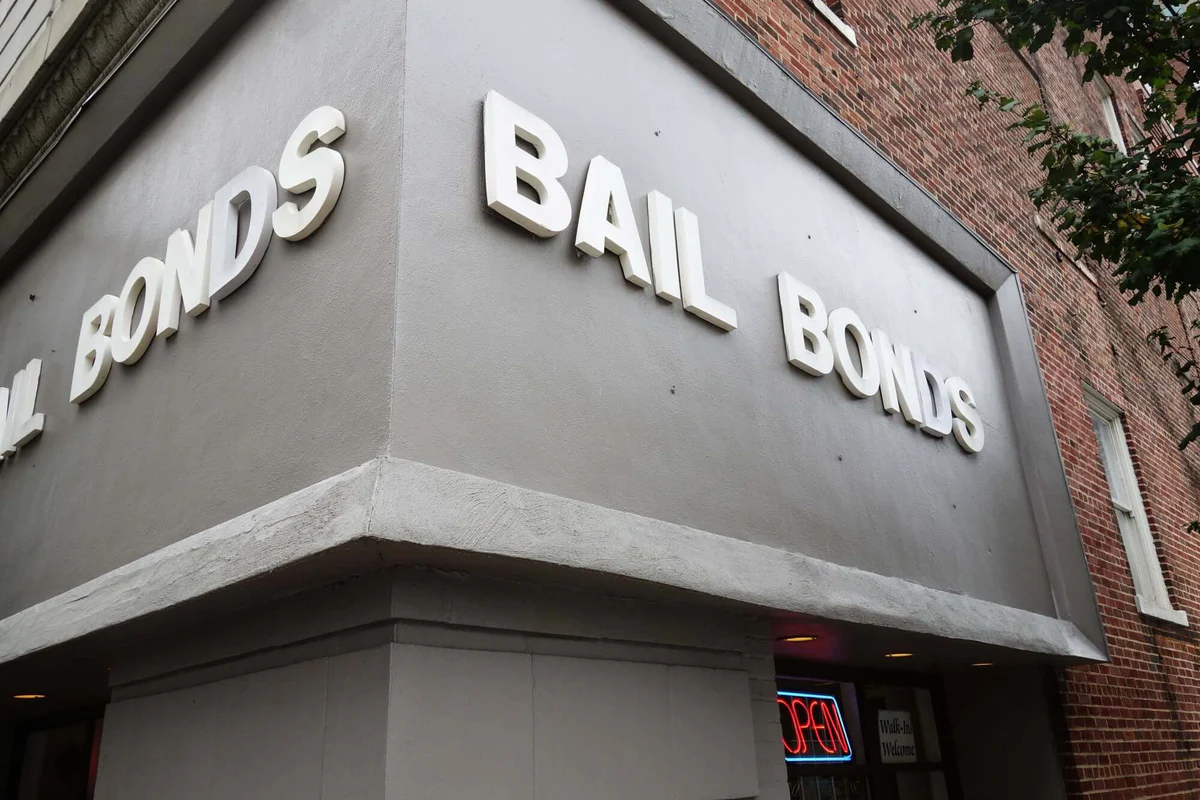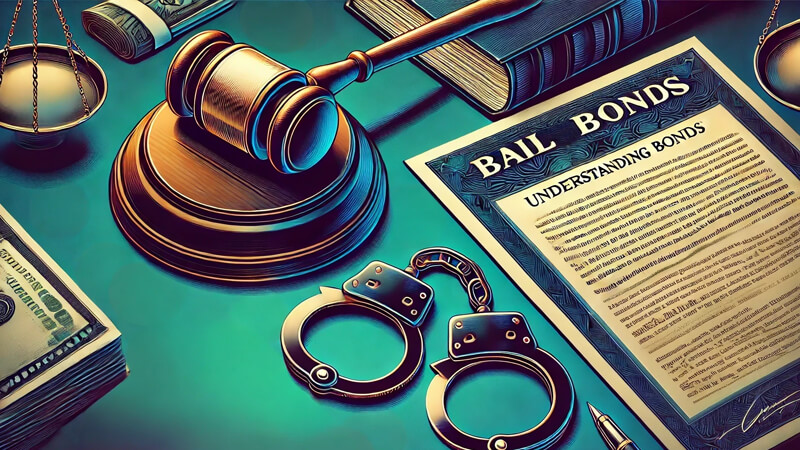Understanding Your Civil Liberties When Utilizing a Bail Bondsman
Understanding Your Civil Liberties When Utilizing a Bail Bondsman
Blog Article
Recognizing the Essentials of Bail Bonds: What You Need to Know
Navigating the intricacies of bail bonds is a crucial element of the legal system that can considerably impact the accused's trip via court proceedings. The details of how bail bonds operate, the various kinds available, and the critical considerations in choosing a trusted bail bondsman can be discouraging.
What Is Bail?
Bail is a monetary setup that allows an individual charged of a criminal activity to be released from custodianship while awaiting test. The key objective of bail is to guarantee that the defendant shows up for future court process (Los Angeles Bail Bondsman). Typically set by a judge, the bail amount varies depending upon the nature of the criminal activity, the defendant's criminal background, trip danger, and other pertinent variables
When bail is provided, the accused or a representative has to pay a specified sum, which might remain in money or with a bail bond. In some cases, bail can be refuted entirely, specifically for severe offenses or if the suspicious presents a significant risk to public security. The principle of bail is rooted in the anticipation of innocence, strengthening the idea that individuals must not be penalized before a conviction.

Recognizing Bail Bonds
A bail bond is a monetary tool that promotes the launch of an implicated person from guardianship, working as an assurance for their appearance at future court days. This setup permits offenders to keep their liberty while awaiting test, lowering the concerns connected with imprisonment. The bail bond procedure normally includes a third-party company, known as a bondsman, that provides the necessary funds to the court on part of the charged.
Bail bonds come in various types, including surety bonds, property bonds, and cash bonds, each with unique demands and implications. Guaranty bonds, one of the most usual kind, require a premium payment, normally a portion of the overall bail quantity, which is non-refundable. On the other hand, a residential or commercial property bond entails utilizing realty as collateral, while money bonds necessitate the full bail quantity to be paid ahead of time.
Recognizing the nuances of bail bonds is critical for offenders and their family members. It is vital to realize the potential financial ramifications, including charges and commitments to the bail bondsmansman, as well as the legal duties linked to making sure court looks. Expertise of these aspects help in making notified choices during a tough time.
Exactly How Bail Bonds Work
The process of protecting a bail bond usually involves several vital steps that guarantee the implicated can regain their freedom while waiting for trial. Originally, the individual or their representative get in touches with a bond bondsman, who evaluates the case and the connected threats. The bondsman will certainly require details concerning the implicated, consisting of the charges, the bail amount set by the court, and any type of relevant individual details.
As soon as the bondsman accepts give the bond, the accused or their agent should pay a non-refundable charge, normally a portion of the complete bail amount. This charge makes up the bondsman for taking on the financial risk of ensuring the accused shows up in court. In some situations, collateral may also be needed, such as property or important assets, which works as safety for the bond.
After any kind of security and the charge are organized, the bail bondsman click for more info sends the needed documents to the court. Upon authorization, the bail is posted, and the accused is released from guardianship. It is crucial for the charged to stick to all court dates and conditions, as failing to do so can lead to the forfeit of the bond and possible lawful effects.
Kinds Of Bail Bonds
Various kinds of bail bonds are readily available to match various circumstances and requirements. One of the most common type is the guaranty bond, where a bondsman guarantees payment of the complete bail quantity to the court for a non-refundable cost, normally around 10% of the bail. This setup allows defendants to secure their launch without paying the whole bail upfront.
An additional kind is the cash bond, which needs a co-signer or the defendant to pay the full bail quantity in cash money directly to the court - Los Angeles Bail Bondsman. This alternative is typically preferred for reduced bail quantities, as it makes certain the money is returned upon the offender's look at all court process
Building bonds include using property as security. In this instance, the court puts a lien on the property, which can be forfeited if the offender fails to appear.
Lastly, federal bail bonds are particularly developed for federal situations, often involving greater amounts and added intricacies. Understanding these numerous bail bond types is critical for offenders and their families in making informed choices during a tough time.
Selecting a Bond Bondsman
When picking a bail bondsman, it is vital to consider several crucial variables that can influence the overall experience and result. Evaluate the bail bondsman's reputation by looking into on-line reviews my site and getting recommendations from relied on resources. A reputable bail bondsmansman will certainly have a background of expertise and successful instances.

It is additionally crucial to understand the charge framework. Many bail bondsmensman charge a non-refundable fee, normally around 10% of the bail amount. Watch out for any type of surprise fees or unusual payment techniques. Openness in prices is a trademark of a reliable bondsman.
Conclusion
In recap, understanding the fundamentals of bail bonds is crucial for individuals associated with the legal system. Bail acts as a monetary guarantee of court look, while various sorts of bail bonds provide to different situations. Recognizing the functional mechanisms of bail bonds and picking a respectable bail bondsmansman can substantially affect the general experience. A comprehensive evaluation of offered options guarantees educated decision-making, eventually facilitating a smoother navigation via the complexities of the legal process.
The complexities of how bail bonds operate, the numerous kinds available, and the vital considerations in choosing a trusted bail bondsman can be intimidating. The bail bond process typically includes a third-party firm, recognized as a bail bondsman, who gives the necessary funds to the court on behalf of the implicated.
The most common kind is the surety bond, where a bail bondsman assurances settlement of the full bail amount to the court in exchange for a non-refundable cost, normally around 10% of the bail. Bail offers as an economic assurance of court appearance, while different types of bail bonds provide to various circumstances. Recognizing the functional mechanisms of bail bonds and picking a credible bail bondsman can dramatically influence the overall experience.
Report this page